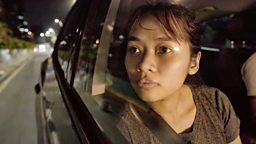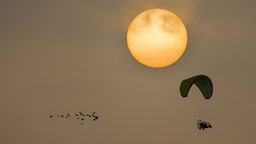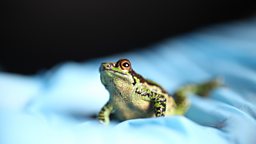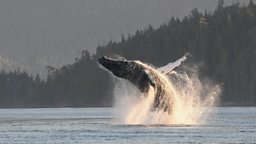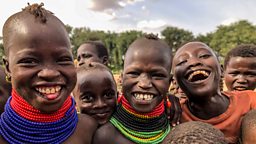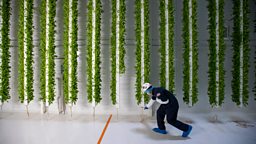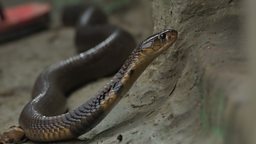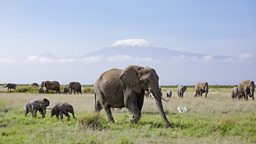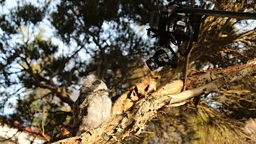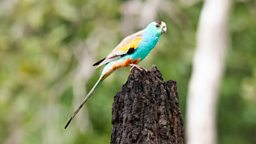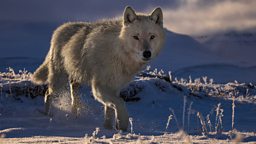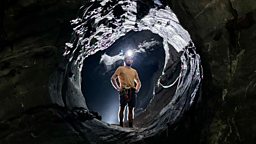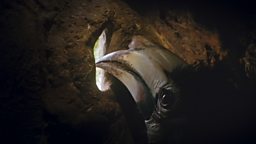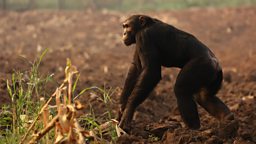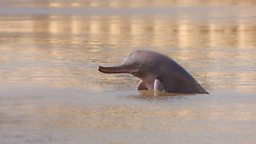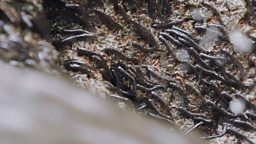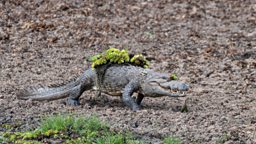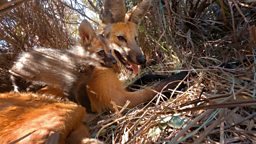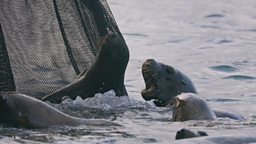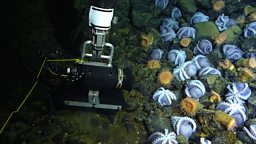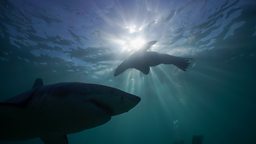Capturing a privileged view of lockdown life
When I was asked whether I could film the oriental pied hornbills for Planet Earth III, alongside fellow cameraman Chris Tan, I jumped at the chance. This was a subject I knew well, in a place that has become my home. It wasn’t until the prospect of filming inside a wild hornbill's nest was raised that I realised how difficult this was going to be.
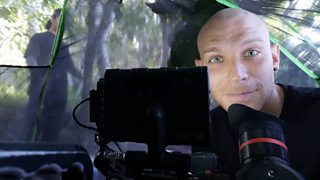
I realised how difficult this was going to be
In the dense and sprawling forests of Borneo finding a suitable nesting tree for a hornbill pair, is no mean feat. To find such a proverbial needle in a haystack, we worked with the local expert Helson Hassan of the Hornbill Conservation Unit, a joint project between GAIA and HUTAN, an NGO dedicated to protecting the 10 hornbill species found in Malaysia.
After much searching, Helson identified five candidate trees, each with their own challenges. Some potential nests were almost 10m off the ground, others required an hour-long trek through a labyrinthine rainforest, and some were above crocodile filled rivers. However, they had all attracted a female oriental pied hornbill in the past – and perhaps they would again.
With the potential nests selected, the next step was installing tiny hi resolution cameras that would cause minimal (if any) disturbance. We had to do this quickly, well before the birds would select their nest site and while suspended high in the air on ropes.
In spite of all the hi-tech equipment we opted for trusty plywood and duct tape to keep the cameras safe and hidden! Finally after three weeks we had our three rigged nests, or as I like to describe them, our three lottery tickets. Now, we had to wait to see if any of them came up trumps.
Months passed until we eventually got an update from Helson in the field. Only one nest had been chosen by hornbills - a wonky fig tree bending over the Kinabatangan River... The crocodile location!
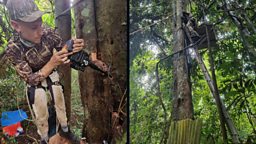
We waited to let the female settle in, lock herself inside her nest with drying river mud and make herself at home before any interior shooting began.
Not exactly the frame we were looking for!
There was a great sense of trepidation the first time we powered up the camera from our hide on the ground 20 metres away. Our first privileged look inside the female hornbill’s temporary home was of a fogged-up lens pointing directly at the female’s tailfeathers! Not exactly the frame we were looking for!
Thankfully, in the days and weeks that followed, we began to achieve the shots we wanted and built a clear picture of what life was like inside a hornbill nest.
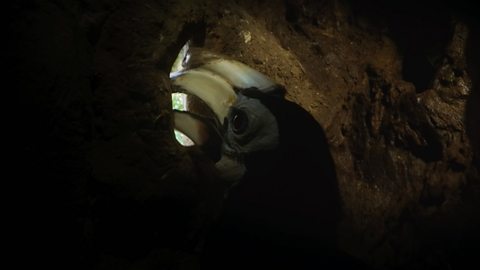
Nesting in a forest fortress
A hornbill mother relies on food deliveries from her mate while she's sealed in her nest.
a sneak peek into a previously unseen world
The days were long and slow going, with the stifling heat of the rainforest only made more uncomfortable by the swarms of mosquitoes. But witnessing the fleeting moments when the male returned with a fresh round of food to pass to our safely secured female, made it well worth it. Observing the trust the female had in her partner, allowing her to stay inside the nest for months without leaving, while the male tirelessly flew through the forest to forage and ensure the well-being of both her and their unhatched chicks, was truly a privilege. It felt like a sneak peek into a previously unseen world, definitely worth all the effort.
